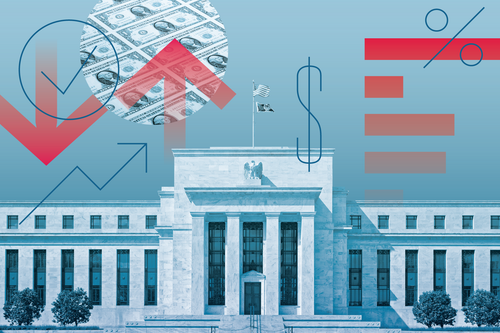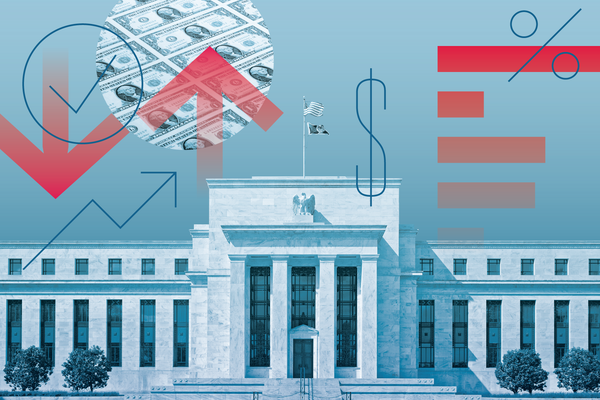
Despite the rise in interest rates, corporate balance sheets have held up well so far. But things might not stay that way, especially if the economy slows down or falls into recession, as high rates create significant cost pressure.
“A prolonged period of high rates and low growth will weigh on corporate credit fundamentals,” writes Vishy Tirupattur, Global Head of Fixed Income Research at Morgan Stanley. Investment-grade borrowers will be in a better position to cope, while lower-quality borrowers will see debt affordability become increasingly difficult.”
At the time of writing, Morgan Stanley's analyst was anticipating the US Federal Reserve's last rate hike in July. And he was right, noting that the Fed's move, imitated by the Bank of Canada, would continue to burden companies with higher debt costs and complicate their ability to raise new capital or refinance existing debt.
U.S. Companies Face a ‘Financing Wall’
“Right now, Tirupattur writes, U.S. companies are facing a ‘financing wall’, with US$2.6 trillion of debt coming due between 2023 and 2025.” The ability of companies to overcome this wall will depend on the quality of their credit. “As a result, he continues, we expect corporate credit markets to decompress, meaning that spreads for lower-quality borrowers will be higher than those for higher-quality borrowers.”
“There is a high level of concern about the level of potential default in the high-yield bond sector,” agrees Lan Anh Tran, director, research analyst, at Morningstar. “With higher rates and tighter credit conditions, companies will no longer be able to issue debt at lower rates. The credit quality of these issuers is in question.”
Investors Don’t Seem Overly Concerned About a Recession
The current placidity of the bond markets might suggest otherwise, Tran admits. After peaking at 4.6% in October 2022, the credit spread between investment-grade and high-yield credit has narrowed to 3.8%. “Investors don't currently seem very concerned about a recession and default risks, she comments.” But with persistently high rates and the prospect of a recession, or at least a slowdown, “there's going to be more concern about higher-risk firms struggling to repay their debts”.
There was much talk recently of a soft landing, a situation that would have helped to allay fears of default. On the other hand, China's current woes, where some observers see the first signs of deflation to come, have helped put the brakes on what one strategist has called “the non-recession rally”.
By the fourth quarter of 2022, interest expenses for the median company were already rising faster than its EBITDA (earnings before interest, taxes, depreciation and amortization). Since then, they have only accelerated, notes Tirupattur. By the end of 2023, assuming sluggish earnings, the loan coverage ratio is more likely to fall below the historical average, dropping to 4.5 from the peak of 5.5 at the end of 2021. However, if earnings decline, “this ratio could fall close to “recessionary” lows and significantly increase the number of companies with distressed ratios,” predicts the analyst.
The picture is completely different for companies with investment-grade ratings. Admittedly, they too will see their coverage ratios fall below their current very robust levels, but they should rise to the challenge by taking care to properly calibrate their balance sheets, judges Tirupattur.
How Much Can Investors Expect in Terms of Yield?
The end result is unexpected. For investment-grade credit, Morgan Stanley forecasts total returns of 7% to 8% over the coming period, while high-yield bonds will see returns of 4% to 5%.
Tran is not as specific about returns in the two categories, but “I agree with Morgan Stanley's general reading” “she says. She therefore recommends that investors move to the investment-grade side of the market.
She acknowledges that some high-yield stocks could do very well, so she doesn't want to write off the whole sector. However, she does offer the following advice: "If you want to invest in high yield, you should use an active manager who can do a better job of stock selection. I believe that an active, selective approach can yield better results at this time than a passive approach that relies on a global market index.”



















